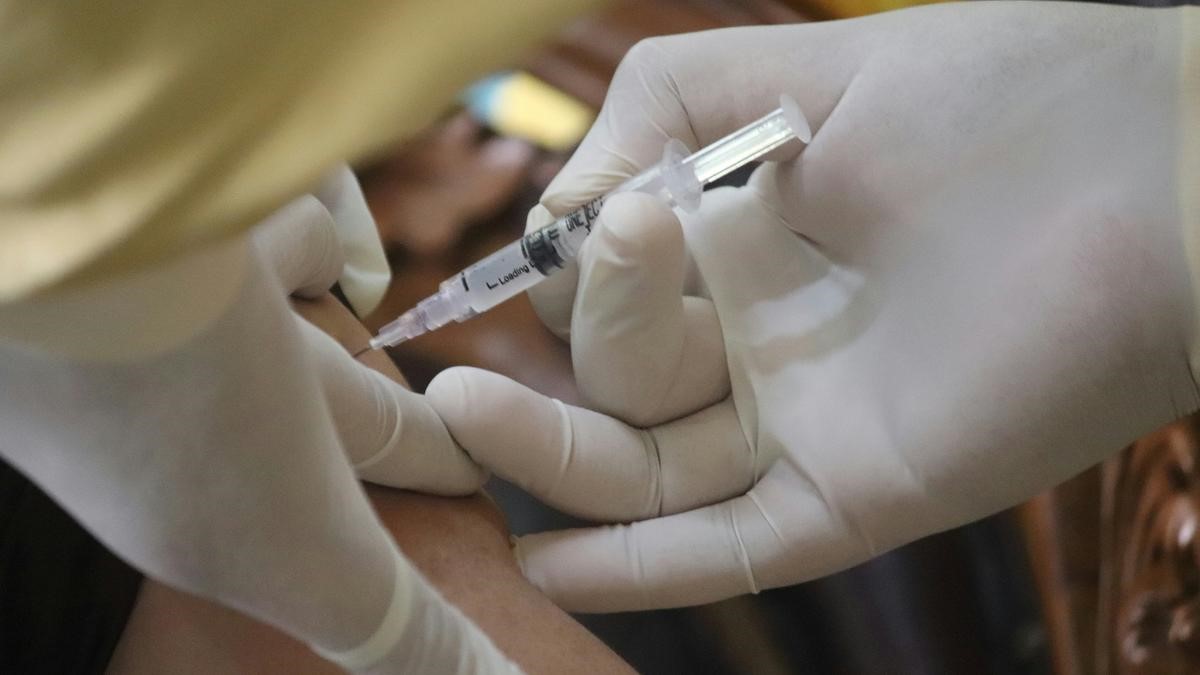Free Courses Sale ends Soon, Get It Now


Free Courses Sale ends Soon, Get It Now



Disclaimer: Copyright infringement not intended.
Context
Details
Factors contributing to varying durations of immunity
Memory B Cells:
T Cell Response:
Long-Lasting Plasma Cells (LLPCs):
Vaccine-Specific Factors:
Mechanism behind the disparity in the duration of vaccine-induced immunity
Vaccine-Related Factors:
Target Pathogen-Related Factors:
Host-Related Factors:
What are Vaccines?
Types of Vaccines:
Vaccine Development Process:
Vaccine Administration:
Vaccine Misinformation:
Impact of Vaccines:
Current Challenges:
MUST READ ARTICLES:
https://www.iasgyan.in/blogs/types-of-vaccines
|
PRACTICE QUESTION Q. The duration of vaccine-induced immunity varies based on several factors, including the vaccine's ability to stimulate memory B cells, T cell responses, and the generation of LLPCs in the bone marrow. Comment. (250 Words) |
© 2024 iasgyan. All right reserved